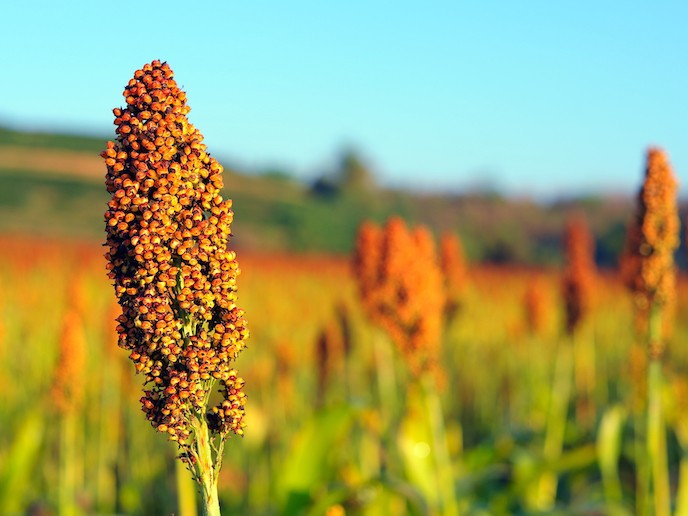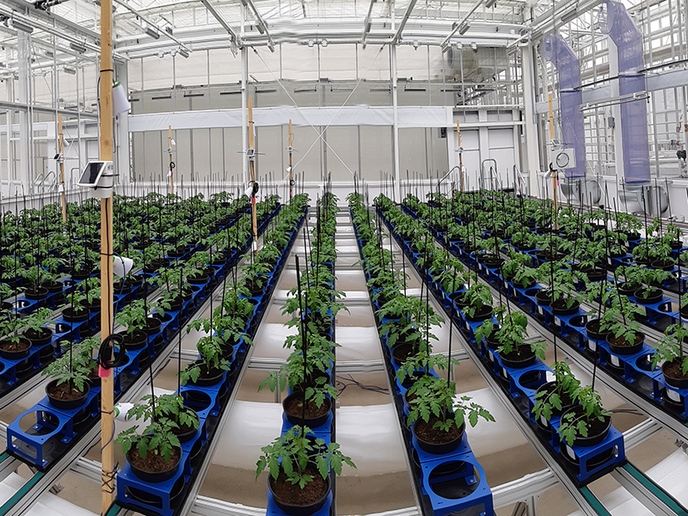Biofortifying crops with zinc for increased nutrition and food security
Food security is about reliable access to food in general and also the necessary vitamins and minerals. The WHO estimates that 2 billion people suffer from ‘hidden hunger’(opens in new window), often a consequence of largely plant-based diets which can lack some micronutrients, particularly vitamin A, iron and zinc. Climate change is expected to exacerbate this situation, with increased droughts threatening livestock and crop production. In tandem, if the developed world is to attain a more sustainable way of life, it will have to follow a more plant-based diet, but the associated health benefits must be balanced against the risk of deficiencies in essential micronutrients(opens in new window). The PMTFOS project investigated a class of proteins called metallothioneins which transport and store metals in cereal crops. Type 4 plant metallothioneins are found in seeds of all flowering plants and the leaves of resurrection plants(opens in new window). They are loaded with zinc which is necessary for the functioning of at least 10 % of all human proteins and involved in all major physiological processes. This also and helps to bring seeds and leaves back to life after complete dryness. As this is the case, metallothioneins may enhance the nutritional value of cereals and help them withstand drought.
Biophysical protein analysis and plant experimentation
Metallothioneins are unique proteins with the highest content of metal ions such as zinc. The PMTFOS project characterised the metal-binding properties and physiological roles of sorghum metallothioneins, at the levels of both individual proteins and whole plants. It fostered a new collaboration with plant geneticist José Gutierrez-Marcos, Associate Professor at the School of Life Sciences, Warwick. This features the first application of CRISPR/Cas9 to edit metallothionein genes in thale cress, to explore their function in plants. The research team, led by Claudia Blindauer, Associate Professor, produced pure sorghum metallothionein proteins by recombinant expression in bacteria in the presence of zinc, copper or cadmium, giving metal-loaded proteins. Following analysis using spectroscopic and spectrometric techniques, they found that each sorghum metallothionein has different metal-binding preferences, concluding that only seed-specific type 4 metallothionein favoured zinc over other metals, including toxic cadmium. “This implies that type 4 metallothioneins have potential to biofortify crops with zinc,” says Marie Skłodowska-Curie Fellow Agnieszka Mierek-Adamska. “But we discovered that high similarity among type 4 metallothioneins from different plant species does not guarantee the same metal-binding properties. Future work needs to look at their metal loading in the plant.”
Safe, nutritious, high quality and affordable food
PMTFOS focused on sorghum as a cereal plant with unusual drought- and heat-resistance. Currently a staple crop for 500 million people in Africa, America and the Indian subcontinent, it might become more prevalent in European diets as a climate change adaptation. It may also be a potent source of nutraceuticals for fighting obesity and cardiovascular disease – providing this is not jeopardised by low bioavailable zinc. The team is expanding the work scope to establish whether plant metallothioneins are involved in responses only to particular stresses or are general stress-response proteins, with great potential for new stress-resistant crops. “The analysis of the molecular background of sorghum drought resistance will be crucial for other vital crops like wheat, barley, maize or rice. Its relatively small genome (3.4 times smaller than the closely related maize) makes it an excellent plant model,” Mierek-Adamska adds.







